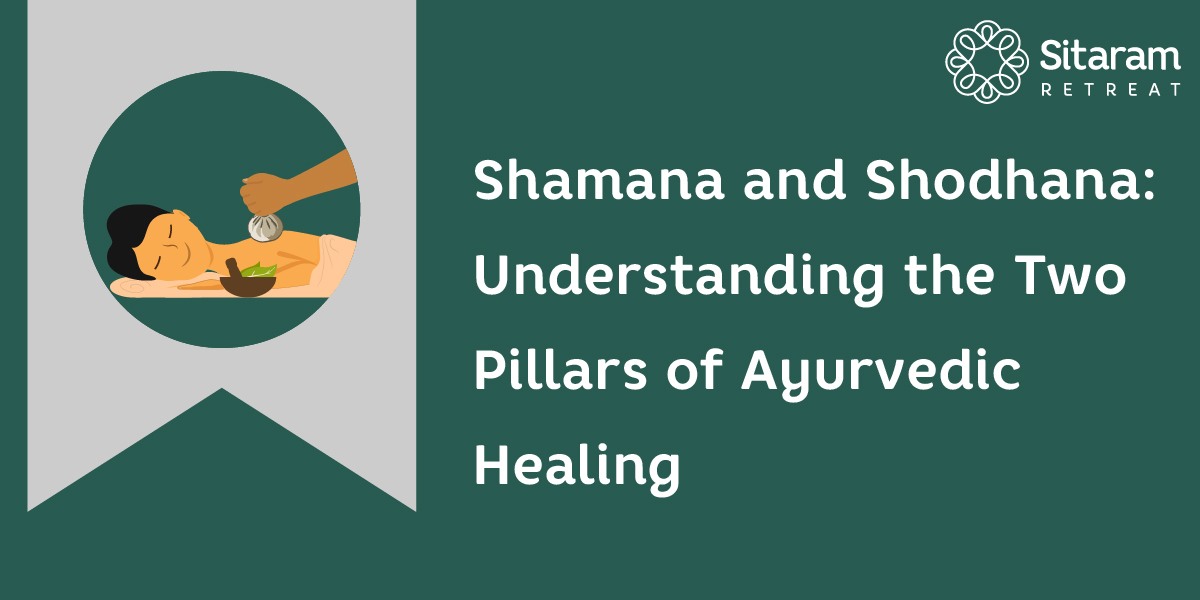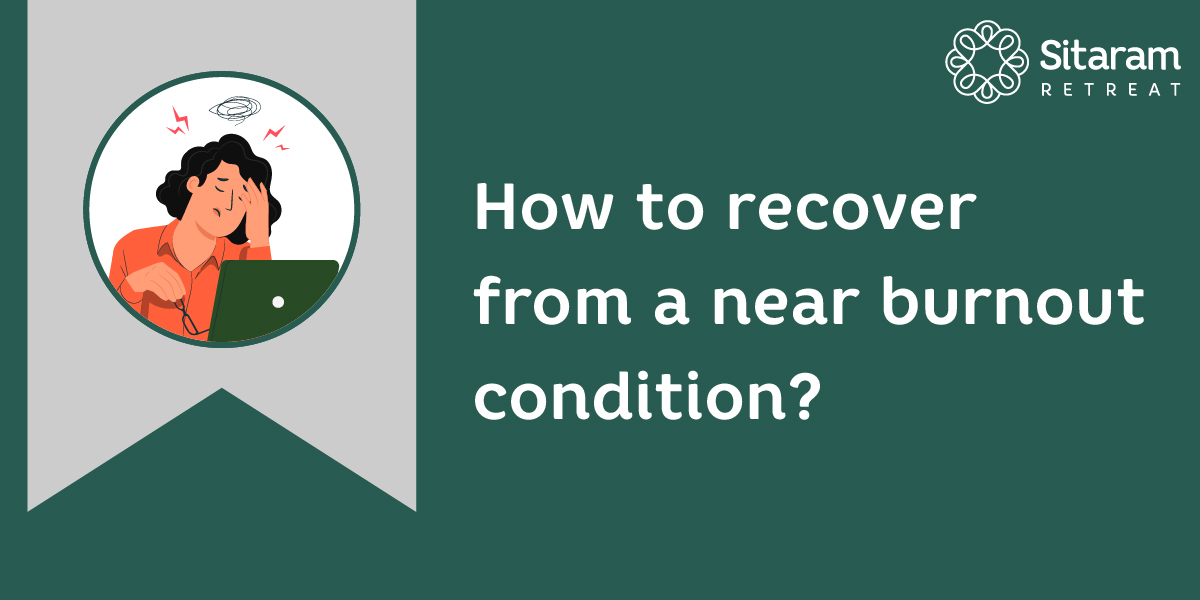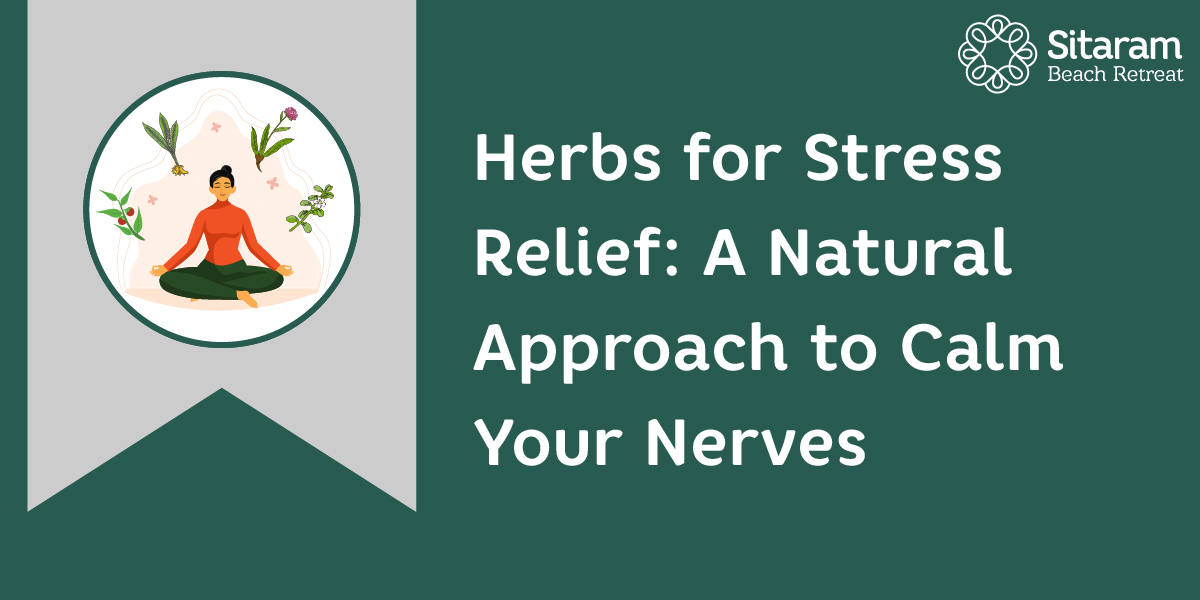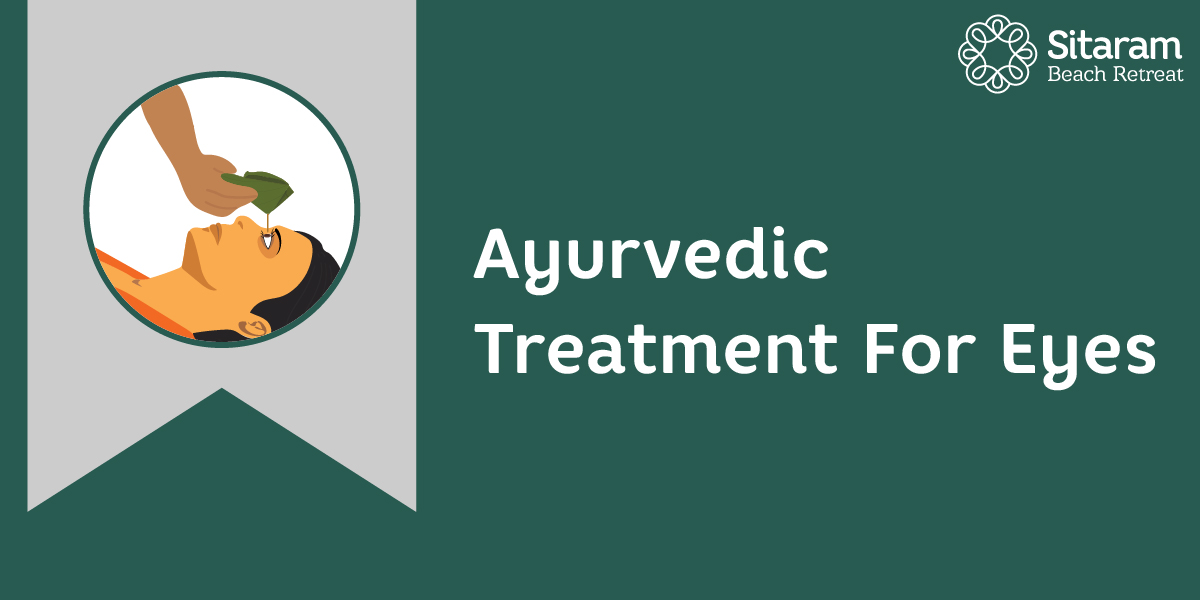Natural Skincare In Daily Life
By Vignesh Devraj
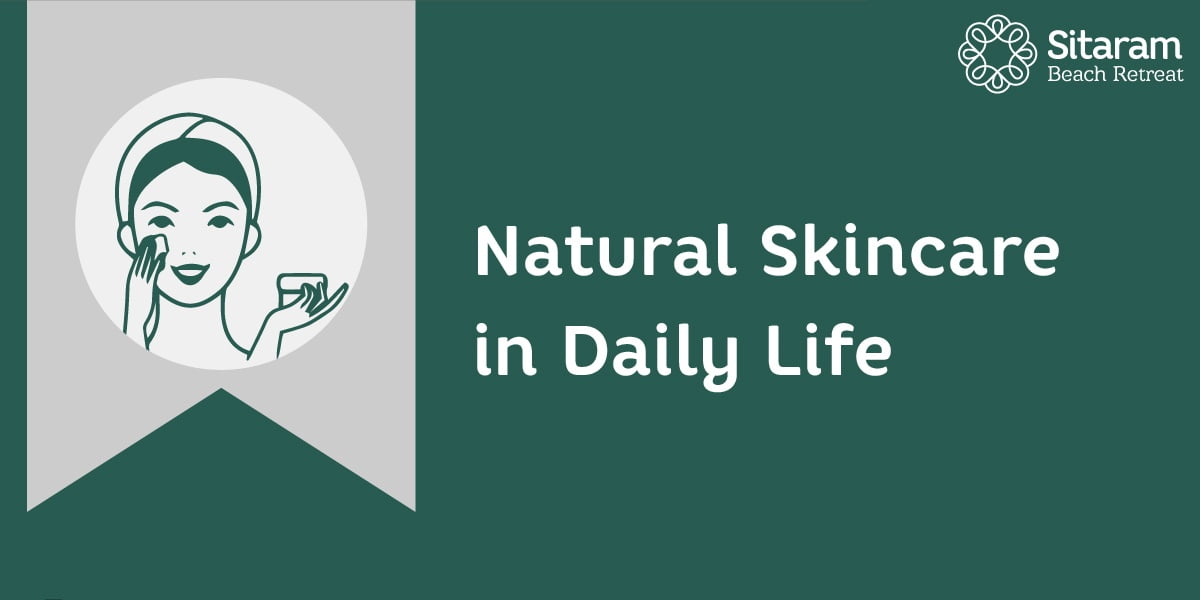
Fretting about pimples rising into power and colonizing your face? Shying yourself away from the outdoors fearing the suntan, dust, and dry wind? Tired of unsolicited skincare tips and futile tutorials? Are the products you use hurting your skin?
The skin is the most exposed and vulnerable part of the body. Unfortunately, a lot of factors we encounter can be mean to our skin. The food habits, fluid intake, sleep pattern, weather, seasons, quality of cosmetics, genetics, and even mental health- it goes through a plethora of challenges you can’t imagine.
But hey, your skin looks great on you! Beauty is never skin-deep, and freckles or moles or complexion are not even the things to worry about. It is the health of the skin that you should take care of.
Maybe it is time for you to get acquainted with skincare in Ayurveda.
Skincare and Ayurveda
Ayurveda, the 5000-year-old system of medicine has always been a supporter and propounder of beauty in the skin. It is an ancient science that respects the individuality of every living being, with principles based on inclusivity. According to Ayurveda, our body is made up of panchamahabhutas and inside it resides the three bioenergies vata, pitta, and kapha which are known as doshas in general. The disparity in the dosha levels can cause imbalances in health and can affect multiple systems of the body simultaneously. This is true for skin too. In other words, skin is an indicator of our overall health and well-being.
Skin- through an Ayurvedic glass
Your skin is different at different times. The summer skin is not what you have in winter or autumn or monsoon. Likewise, the skin you had in childhood or adolescence is not the same as what you have now or what you are going to have. So it evolves from time to time, and Ayurveda addresses this as the mischief of the three doshas. When a person is young, kapha will be his/her predominant dosha. The baby’s skin is characterized by smoothness, suppleness, and oiliness. When he/she embraces the next stage of life, the dosha predominance changes into a pitta. This is the stage where the person is more prone to hormonal changes- acne, dryness/oil buildup, rashes, blemishes, etc being the after-effects. After a few decades, vata takes over the stage, making the skin wrinkly, pale, and hyperpigmented. The same kind of changes happens in the skin with seasons, or ritu as they call according to Ayurveda. The vata gets aggravated on varsha ritu (rainy season), pitta in sarath (autumn season), and kapha in vasantha (spring); hence similar actions can be seen in those times too.
Finding your skin type
We talked about individuality before- how Ayurveda perceives each person based on their physiological doshik status. Oner’s physical constitution is determined even before his/her birth, and this is what we call Prakriti. This Prakriti is based on the normal state of doshas in the body- that is, not caused by the seasonal changes or aging, but how the doshas exist in your body physiologically. Vata will be naturally increased in some people while pitta dominates in some others. Some bodies are normally high in kapha. Therefore, the reflections of these doshas can be seen on one’s skin.
- The vata predominant skin:- cold in touch, very dry, flaky, uneven, easily cracking, more prone to wrinkles, has fine lines, and ages quickly. Needs more moisturizing and hydration.
- The pitta predominant skin:- warm to the touch, reddish, sweaty, sensitive, tanned, acne-prone, and vulnerable to infections and prickly heat. Demands a cooling skincare routine.
- The kapha predominant skin:- cold to touch, prone to itching, oily, susceptible to pimples and clogged pores. Requires purifying skincare.
How to take care of Vatik skin
Vata dominant skin demands considerable time, as it is not easy to pacify the skin enraged by vata dosha. Let us give you two keywords- hydrating and moisturizing. Imagine vata as wind. The wind can make your skin dry, cracky, and rough. The only way to get rid of these symptoms is to pump in some moisture. Abhyanga or oil massage is the method of anointing the body with medicated oils. The touch of oil can go beyond the skin, it permeates the mind too. It can be done locally or on the whole body. Being meant for pacifying the Vata mainly, Abhyanga is beneficial to the body and mind in different ways.
Benefits of Abhyanga:-
- Nourishes the skin
- Refines blood circulation
- Ensure proper lymph drainage
- Relieves muscle spasms and sprains
- Gives sound sleep
- Reduces the worries of aging such as wrinkles
- Enhances hair growth
- Smooth, healthy skin
- Pleases mind
- Improves quality of life
- Lubricates the joints
- Mitigates tiredness
- Improves vision
For abhyanga, different oils like Nalpamaradi keram, Eladi keram, or even plain coconut oil can be used. Cow’s ghee is also used to anoint the body, and all these will nourish and repair the skin in depth. Some of them have complexion-enhancing properties also. Face washes will be best rather than face scrubs as the latter can be a bit sensitive to the vatik skin. Organic Aloe vera gel is a better option.
How to take care of paittik skin?
The paittik skin is a hothead- it needs a healthy dose of cooling. Aloe vera, jasmine, rose water, sandalwood, and turmeric are the common coolants that help reduce the overheating of the skin caused by pitta. Bath twice a day since this type of skin is more vulnerable to sweating and greasing. The extracts and essential oils of cooling herbs such as mint, jasmine, lemongrass, lavender, vetiver, etc. can be added to the bathwater. They restore energy, relieve body odor, and cool pitta down. Cleanse and moisturize using mild agents as the paittik skin is sensitive.
How to take care of kaphaja skin?
This is the skin type that requires exfoliation. As the kapha predominant skin is more prominent to pimples and clogged pores, a thorough scrubbing might benefit it. ‘Oily’ is the term that is always associated with kaphaja kind of skin, and getting rid of this sebum is the prime concern when it comes to its care. Washing your face in regular intervals can check the oil build-up to an extent. Cleansers like clay can be applied over the skin and washed afterward. Udvartana or powder massage is suited for such skin.
Benefits of Udvartana-
- Improves the skin tone
- Helps in weight management
- Improves blood circulation
- Stimulate the region’s prone to fat deposition
- Brightens the skin and cleanses the pores.
- Relieves body odor
- Natural detoxification
Some skin-friendly advice:-
- Drink plenty of water. Your skin also needs hydration
- Prefer skin-friendly food- the overuse of oil can mess with your skin. So prefer salads and fruits for munching rather than the baked and fried stuff
- Limit caffeine and alcohol, as they can dry up your skin
- Regulate the sleep routine
- Practice yoga and breathing exercises like Pranayama. They give mental peace and clarity, which can, in turn, boost the glow of your skin
These can be confusing to some of you. Incorporating Ayurveda into your lifestyle can seem like a big step, but fret not! Sitaram Ayurveda Retreat is there to guide you into the world of Ayurveda. Located near Snehatheeram beach, Thrissur, Sitaram Retreat is an ultimate Ayurvedic destination where healing meets quality. If you want a comfortable place where you can unburden yourself and connect with your inner spirit, this is it. Come, feel at home.


 retreat@sitaramayurveda.com
retreat@sitaramayurveda.com +91 813 8888 912
+91 813 8888 912

